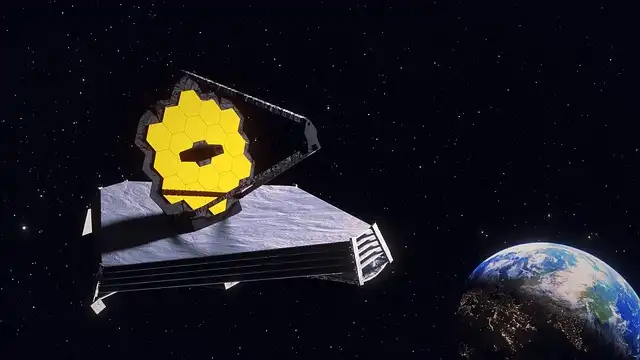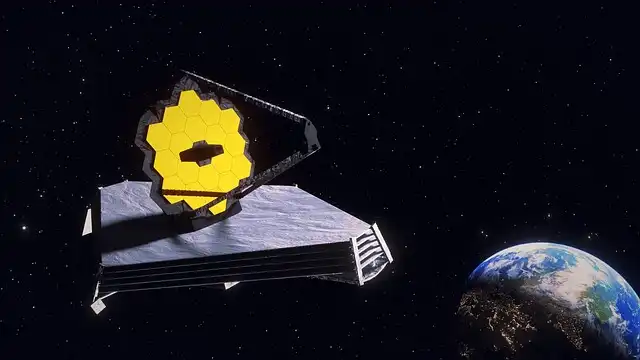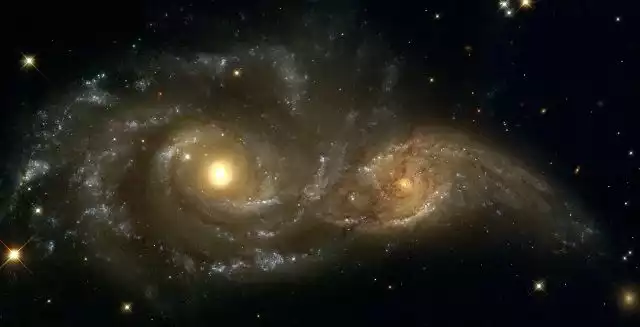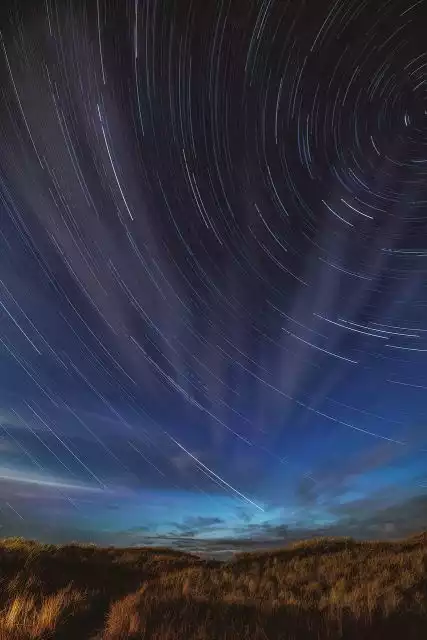
An early hint of cosmic dawn has been seen in a distant galaxy
Over the next few hundred million years, as stars began to shine, their light ionised the hydrogen and helium, enabling photons to flow freely and making the universe transparent, though the exact timing of this is uncertain.




